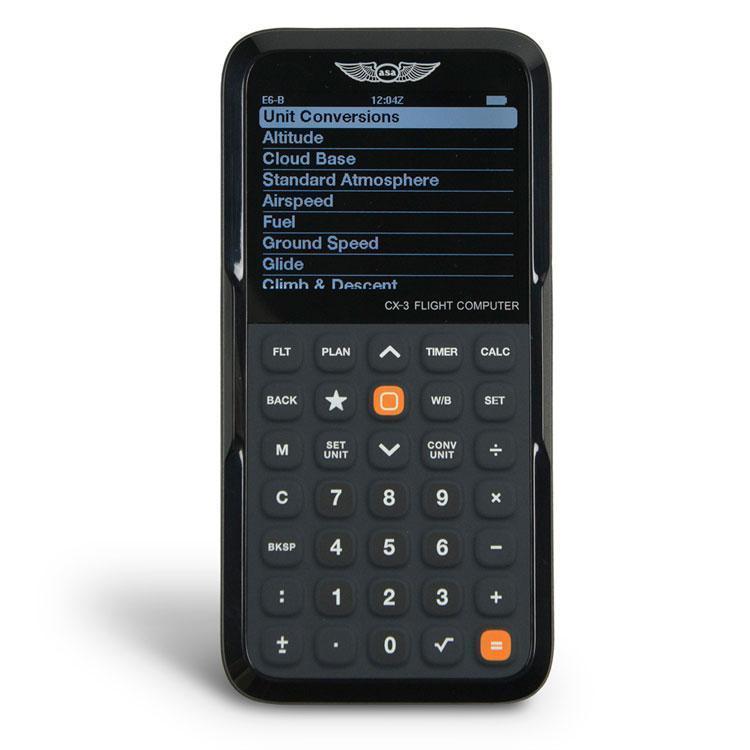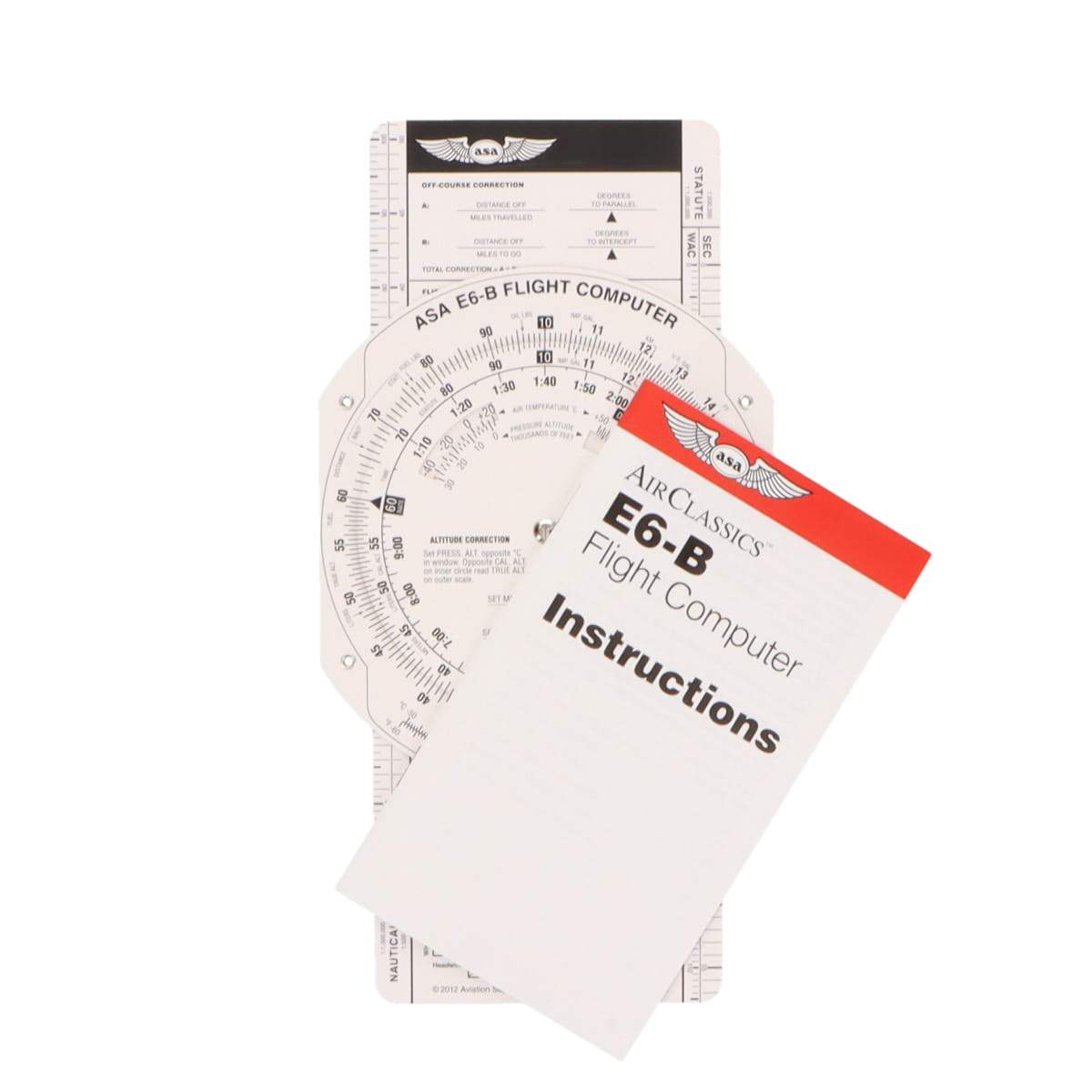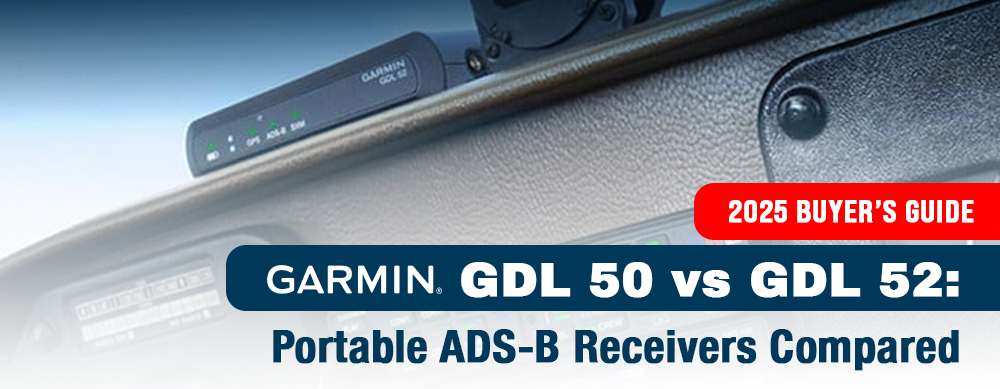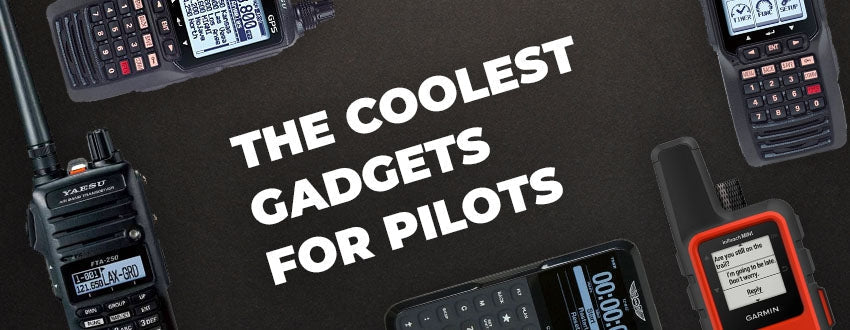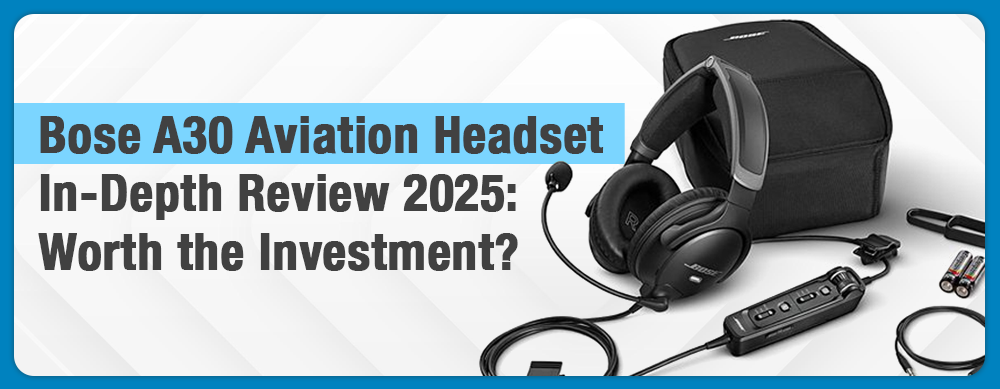¡Obtenga configuraciones precisas de viento en contra en minutos!
Descubrir la configuración correcta del viento en contra no tiene por qué ser un proceso complicado.
¡De hecho, con sólo unos sencillos pasos, puedes descubrirlo todo en minutos!
Los pilotos saben lo importante que es tener datos precisos del viento, pero no todos tienen claro cómo obtener exactamente esa información sin realizar cálculos bastante complejos.
Si eres una de esas personas, ¡no te preocupes! Esta guía te mostrará una forma rápida y eficaz de calcular el viento en contra (y también un poco de viento cruzado) sin quebraderos de cabeza.
¡Vamos a ello!
RESUMEN
-
Paso 1: Recopilar información sobre el viento y la pista.
-
Paso 2: Desglosar los componentes del viento (viento en contra, viento cruzado).
-
Paso 3: Utilice la sencilla fórmula del viento en contra.

Paso 1: Recopilar información sobre el viento y la pista
El primer paso para saber cómo calcular el componente del viento en contra es saber exactamente con qué se está trabajando. Antes de siquiera pensar en hacer despegar el avión, necesitará obtener datos sobre el viento y la pista.
Un informe METAR es un buen punto de partida. Te proporciona tanto la dirección como la velocidad del viento, dos cosas que no puedes ignorar si vuelas con viento en contra o quieres aprovechar los vientos de cola.
Ejemplo:
Al mirar el METAR, verá la velocidad del viento indicada en nudos y la dirección relativa al norte verdadero.
En el caso de nuestro ejemplo, el viento sopla desde 110 grados a una velocidad de 3 nudos.
El rumbo de la pista suele estar marcado en el plano del aeropuerto, pero también puedes comprobar el rumbo magnético de la pista directamente en tierra o a través de tus herramientas de planificación de vuelo.
Simplemente recuerda que la dirección del viento se expresa en grados desde el norte verdadero, mientras que las pistas están etiquetadas por su rumbo magnético, por lo que es bueno saber la diferencia.

Cómo calcular el viento en contra con una manga de viento
Una manga de viento muestra la dirección del viento apuntando su extremo estrecho hacia donde sopla el viento y el extremo más ancho hacia el viento.
La velocidad del viento se indica según la extensión de la manga de viento; una extensión completa significa que el viento es de 15 nudos o más.
Una vez que tengas la información sobre el viento y la pista, puedes empezar a desglosar todo. Presta atención a la velocidad del viento: si supera los 15 nudos, es posible que tengas que tener en cuenta los vientos cruzados, algo que abordaremos más adelante.
Paso 2: Desglosar los componentes del viento
Ahora que has reunido tu información, es hora de dividirla en componentes.
El viento puede ser un problema complicado de abordar, especialmente cuando sopla en ángulo con respecto a la trayectoria de vuelo. Pero no hay problema, porque dividirlo en componentes de viento en contra y viento cruzado hace que sea más fácil lidiar con él.
Necesitarás determinar qué parte del viento empuja directamente contra tu avión (viento en contra) y qué parte proviene de un costado (viento cruzado).
Utilice este método básico: si el viento está alineado directamente con su pista, será viento de frente o de cola según la dirección. Pero si el viento viene en ángulo, solo una parte contribuye al viento de frente, mientras que el resto se convierte en viento cruzado.
Digamos que tienes una dirección de viento de 110° y un rumbo de pista de 080°. Como el viento no está perfectamente alineado, una parte se convierte en viento cruzado, mientras que el resto se considera viento en contra.
Si bien ahora parece complicado, a medida que vuele más descubrirá que debe familiarizarse con estos ángulos.

Paso 3: Aplicar la fórmula
Ahora, las cosas se ponen aún más fáciles. Ya tienes la dirección y la velocidad del viento, y ahora es el momento de introducirlas en una fórmula para obtener rápidamente la compensación del viento en contra.
Aquí está la fórmula simple:
Viento en contra = Velocidad del viento × cos(Diferencia de ángulos)
Donde la diferencia de ángulos es el ángulo entre la dirección del viento y el rumbo de la pista.
Vamos a desglosarlo:
-
Calcula el ángulo entre el rumbo de la pista y la dirección del viento. Ejemplo: si el viento sopla desde 110° y estás usando un rumbo de pista de 080°, la diferencia de ángulo es de 30°.
-
Halla el coseno de la diferencia de ángulos. Para 30°, es aproximadamente 0,86 (usa una calculadora o una tabla de referencia si es necesario).
-
Multiplica ese coseno por la velocidad del viento. Si la velocidad del viento es de 3 nudos, el componente de viento en contra sería 30 × 0,86 = 2,59 nudos. Redondea el resultado a 2,6 nudos.
Y eso es todo: ¡tienes el viento en contra! Si la diferencia de ángulo es mayor, el componente de viento cruzado aumentará y el componente de viento en contra se reducirá. Pero no te estreses con esos cálculos. Puedes usar muchas herramientas en línea o, mejor aún, una calculadora E6B simple para que haga el trabajo pesado por ti.

Cómo determinar los componentes eólicos con un E6B
El ASA E6B tiene instrucciones sobre cómo realizar todos los distintos cálculos impresas directamente en la computadora de vuelo.
Una vez que haya leído su METAR y obtenido la información del viento y su rumbo, puede utilizar las cuadrículas disponibles en la parte posterior de su E6B.
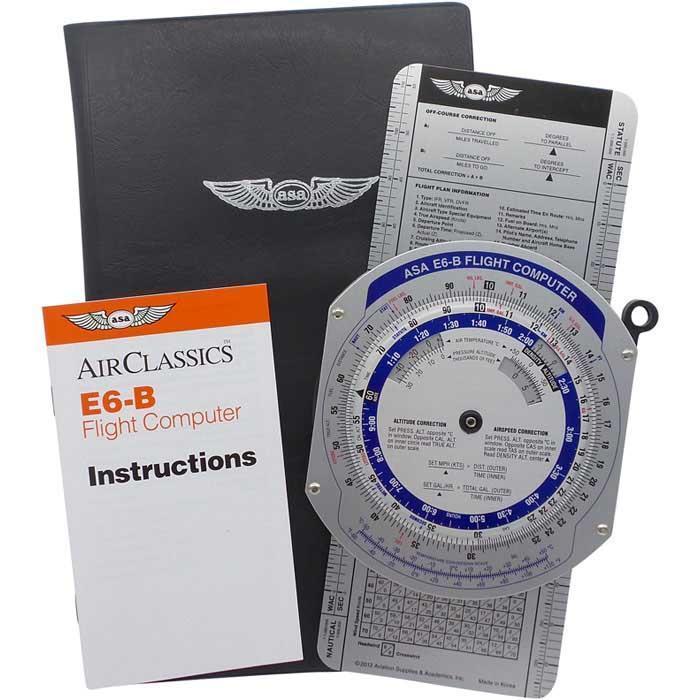
|
Color ASA E6BEl Color E6B de ASA toma el ordenador de vuelo manual estándar con rueda giratoria y lo actualiza con llamativos detalles de color. Aunque es idéntico en funcionalidad y tamaño al ASA-E6B estándar, esta versión del ordenador de vuelo de aluminio sólido utiliza una variedad de colores para indicar sus diversas funciones. |
Consideraciones adicionales sobre el viento (breve descripción general de los vientos cruzados)
Si bien los vientos en contra y en cola suelen ser la principal preocupación, no te olvides de los vientos cruzados. Los aterrizajes con viento cruzado pueden ser complicados y siempre es una buena idea calcular el componente del viento cruzado antes de despegar.
Puede utilizar un proceso similar al anterior: simplemente sustituya el seno por el coseno en la fórmula para calcular el componente del viento cruzado.
Los vientos cruzados empujarán tu avión hacia los lados y, si no estás preparado, pueden hacer que los despegues y aterrizajes sean un poco peligrosos.
Si trabaja con un fuerte viento cruzado, deberá ajustar su aproximación o utilizar una pista diferente si hay alguna disponible. Consulte nuestra guía completa sobre el cálculo de vientos cruzados para obtener consejos más detallados sobre cómo manejar esto. Es mejor aprender todo lo posible sobre los vientos en caso de que necesite realizar un aterrizaje con viento cruzado.

Preguntas frecuentes
-
¿Qué tan precisos son los cálculos del viento en contra?
Los cálculos del viento en contra suelen ser bastante precisos cuando se tienen los datos correctos. Si se utiliza un informe METAR y se aplica la fórmula, se obtendrá un resultado lo suficientemente preciso para planificar el vuelo de forma segura.
No es necesario ser exacto hasta el decimal, pero con un margen de uno o dos nudos suele ser suficiente.
-
¿Qué pasa si la dirección del viento cambia durante el vuelo?
Los cambios de viento ocurren todo el tiempo, especialmente a grandes altitudes. Si notas que el viento cambia mientras vuelas, los instrumentos a bordo generalmente detectarán la diferencia.
Ajuste su rumbo o velocidad según sea necesario y manténgase siempre actualizado sobre las previsiones meteorológicas antes de la salida y durante su vuelo.
-
¿Qué debo hacer si no tengo acceso a un METAR?
En algunas zonas remotas, es posible que no tengas acceso a un informe METAR. En ese caso, utiliza cualquier servicio meteorológico disponible o ATIS en tu destino para obtener la información sobre el viento que necesitas.
Si todo lo demás falla, habla con otros pilotos de la zona o confía en tus propias observaciones de mangas de viento o puntos de referencia locales.
-
¿Puedo estimar el viento cruzado sin una calculadora?
¡Sí! El viento cruzado se puede calcular visualmente observando el ángulo del viento con respecto a la pista. Cuanto más cercano a los 90 grados esté el ángulo, más fuerte será el viento cruzado.
Si el viento viene a menos de 30 grados de la pista, la mayor parte será viento en contra y solo una pequeña parte será viento cruzado.
Llevar
Calcular el viento en contra no tiene por qué ser algo aterrador, aunque suene un poco complicado al principio. Basta con respirar profundamente antes de abordar el problema y dividirlo en pasos sencillos: recopilando información sobre el viento y la pista, calculando los componentes del viento y utilizando una fórmula, podrá obtener rápidamente los números que necesita. Y cuando entren en escena los vientos cruzados, simplemente aplique un método similar y ¡listo!
Volar teniendo en cuenta cálculos de viento precisos puede ayudarle a gestionar mejor su aeronave, lo que permite despegues y aterrizajes más suaves.
Ya sea que vuele contra fuertes vientos en contra o enfrente vientos cruzados, estar preparado le permite mantener el control y hace que su vuelo sea mucho más seguro.
¡Feliz vuelo y siempre vuelve a comprobar los informes de viento!
¿Interesado en aprender más?
¡Nuestras guías están diseñadas para ayudar!
-
Cálculo rápido del viento cruzado para pilotos (en 3 sencillos pasos)
-
Aterrizaje con viento cruzado: cómo perfeccionar la técnica en tres sencillos pasos
¿Le resultó útil este artículo?
¿Crees que nos hemos olvidado de algo importante? ¡Cuéntanoslo en los comentarios a continuación!



